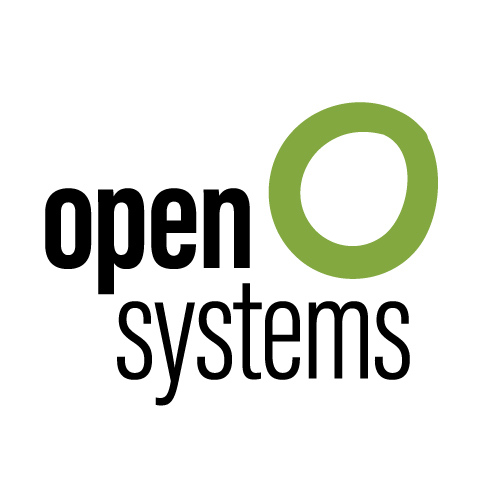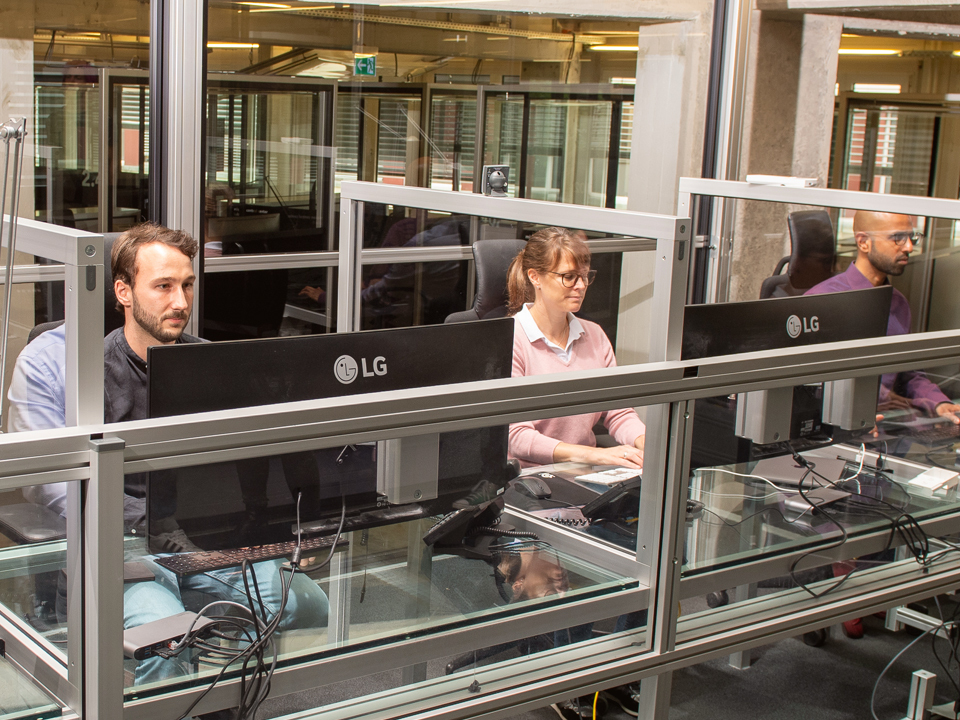
When Disruptions Converge: AI, SD-WAN, and the Edge

For decades, the world of networking divided into two camps: local-area networks (LANs) in offices and other facilities via cabling and Wi-Fi, and wide-area networks (WANs) connecting those facilities to each other and eventually to the cloud via a variety of telecommunications links.
Software-defined WANs (SD-WANs) soon abstracted the WAN, giving organizations a greater choice of WAN technologies, increased flexibility with the management of remote office technology, and improved end-to-end security. SD-WANs also facilitated improved connections to clouds.
Today, even the cloud-centric network abstractions of SD-WAN and software-defined networking (SDN) in general are transforming, as a relatively new way of thinking of global networking challenges rises to the fore: edge computing.
Welcome to Edge Networking
Where before, we could consider the transitions from LAN to WAN and WAN to the cloud to be the edges of the respective networks, we now add the notions of the near edge and the far edge to the cloud edge.
The cloud edge is where the content delivery networks (CDNs) play. CDNs will locate web servers close to end-users in order to distribute traffic and reduce latency.
The near edge mainly consists of servers or other equipment at customer premises, which might be anything from a phone closet at a retail branch location to the server room in an office building.
The near edge may also represent a facility that hosts Internet of Things (IoT) gateways, perhaps at a factory, in a city’s traffic switching office, or in the security command center of a large building (or campus) like a stadium, airport, or office building.
As telecommunications providers ramp up their 5G infrastructure buildout, a third example of the near edge is becoming increasingly important: networking equipment located at cell towers or local telco points of presence.
Such locations are typically well-suited to host small data centers with all the essential trimmings—power, cooling, racks of equipment, and sometimes a barebones staff.
Given the complexity of the near edge, the far edge is more straightforward. It consists of the user devices themselves—PCs as well as either handheld smartphones or similar, as well as IoT sensors and actuators.
The Shifting Role of the Near Edge
The IoT, of course, is changing the game for edge computing—but even with its unquestionable promise, artificial intelligence (AI) is perhaps even more significant.
AI by its very nature is extraordinarily data-intensive, as both machine learning and deep learning algorithms must process massive quantities of raw data in order to make intelligent inferences about what those data represent. The resulting inferences themselves, in contrast, are small data, as AI must process tons of paydirt to extract an ounce of value.
When those raw data come from IoT devices or other widely distributed sources, it quickly becomes impractical to ship all the data feeds to a central location for processing, either on-premises or in the cloud. Instead, processing data at the near edge and uploading the resulting inferences is far more efficient.
From the telcos’ perspective, furthermore, AI workloads are among many possible workloads that their customers might want to run at the near edge. Instead, their primary concern is latency—reducing the amount of time messages take in order to get to their destination.
As 5G and its various protocols roll out, latency will become an even greater concern than it is today—and thus, edge computing is barely at the early stages of exploding on the networking scene.
The Increasing Importance of an Edge Computing Platform
Given these multiple intertwining disruptions—IoT, edge computing, AI, and 5G—it can be difficult to visualize where the overall technology landscape is heading. However, the one thread that ties all these trends together is the network.
With edge computing, we have far more places we’re likely to want to perform compute-intensive tasks, and with IoT and soon 5G, the data sources for those tasks will proliferate beyond imagination.
Keeping all this innovation running is the network, which must now be inherently software-defined end-to-end. No longer do we have the luxury of archaic abstractions like LANs and WANs.
While SD-WAN may borrow its name from WANs, technologies like those from Open Systems rethink the idea of the network altogether.
Securing the network in particular is where such SD-WAN technologies shine. Mark my words: attackers will seek to penetrate every part of this story, from data centers to cloud edge to near edge to the devices at the far edge.
In an ironic twist, AI is becoming an essential facilitator of network security just as AI is becoming an increasingly important class of workload at the near edge. Given the sheer number and variety of devices at the far edge, the only practical way to identify threats – separating the signal from the noise—is via AI.
"...forward thinking SD-WAN vendors like Open Systems are rethinking the entire notion of SD-WAN, just as they are rethinking networking itself."
The Intellyx Take
In many ways, the SD-WAN market is burdened by the past—as the inclusion of WAN in the name would suggest.
However, forward thinking SD-WAN vendors like Open Systems are rethinking the entire notion of SD-WAN, just as they are rethinking networking itself.
In fact, Open Systems offers a fully purpose-built platform that leverages AI and automation for better threat detection and prevention capabilities—not just across WANs and LANs, but across the IoT, the edge, and the cloud.
Its integrated security functions are especially important, especially for organizations that need to secure a large number of devices. Whether they be IoT devices or BYOD smartphones, the sheer number and variety of such endpoints expands the enterprise threat surface. Open Systems’ AI-based approach to security is becoming increasingly critical in today’s post-WAN networking environment.




